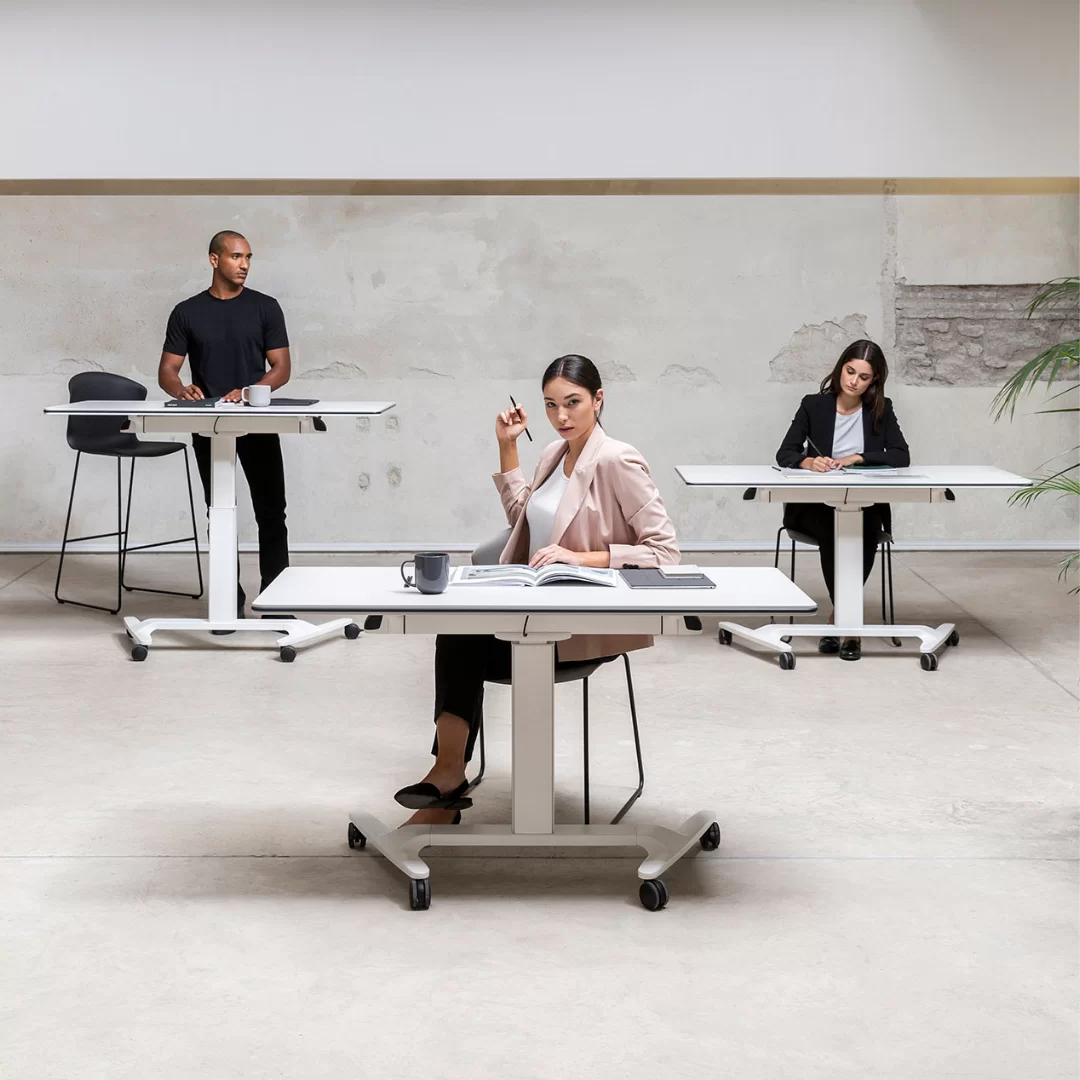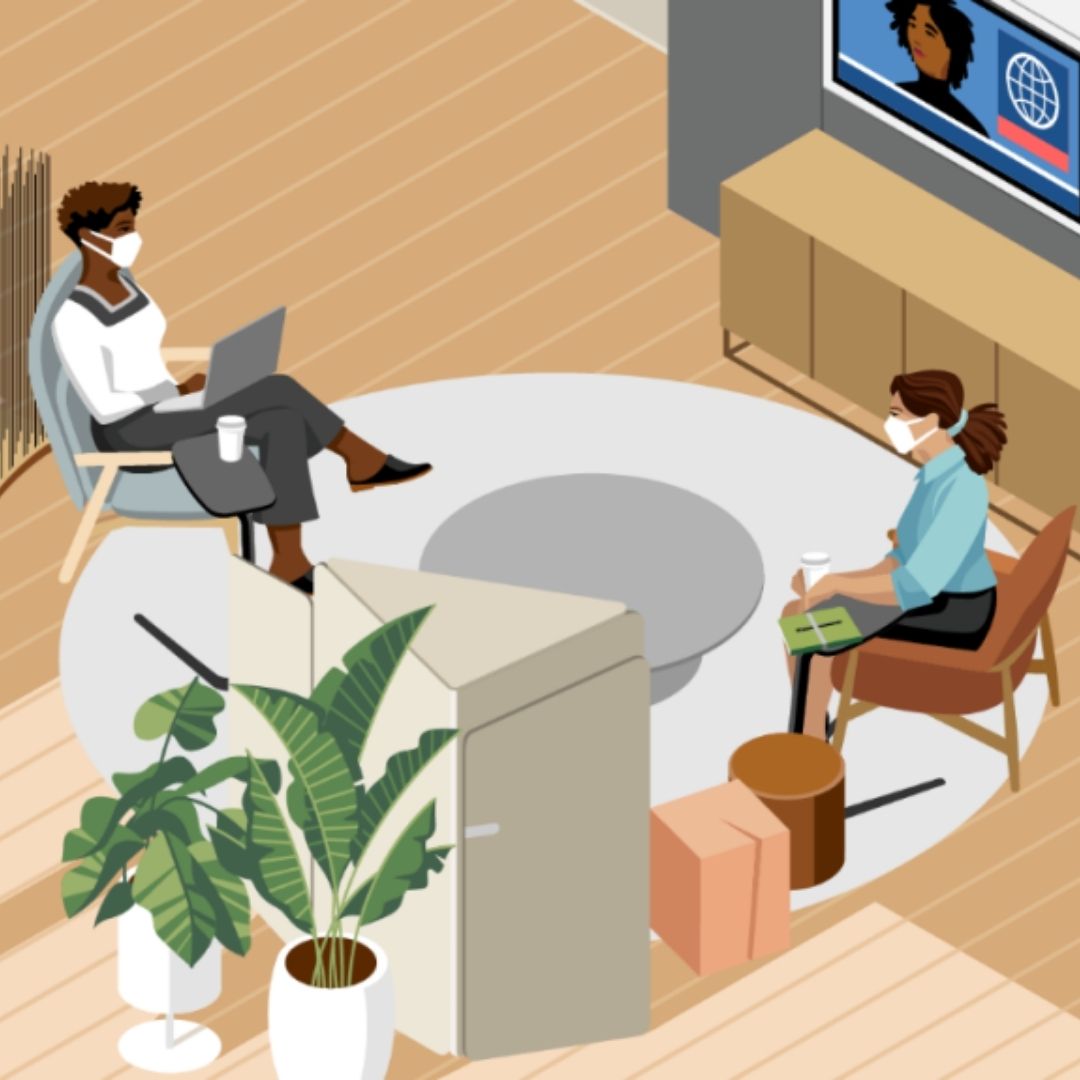
Tips on how to stay connected, productive and inspired while working alone
Teams today suddenly find themselves isolated from one another, as they work remotely, often for the first time, unsure about how to get their work done.
As businesses in Ireland and all around the world adapt to the new and uncertain challenges happening in the world right now due to the Covid-19 global pandemic, employees have been faced with adapting to new ways of working remotely at home.
It is crucial that employees and teams have the ability to innovate and adapt to all kinds of new ways of working such as embracing technology, communicating in different ways and working from home in an environment that they may have never had to work from before.
In order for companies to continue to succeed at this time, it is crucial that teams are actively engaged with one another to ensure a rapid exchange of ideas, where teams can build on each other’s ideas. Today, teams suddenly find themselves isolated from one another and unsure about how to get their work done as they work remotely, often for the first time.
Creating something new requires different types of behaviors and activities to be successful. Everyone on the team needs to have a solid understanding of what teammates are working on and how that impacts their individual work so when they come back together they are able to move the project forward. If teams members are not on the same page, they will end up spending more time doing rework, which will impact their speed.
But how can teams doing generative collaboration stay on the same page when they’re working remotely? According to Steelcase Principal Researcher Patricia Kammer, the first thing they should do is find digital ways to replicate the analog processes (such as whiteboards and sticky notes) they use when they’re working side-by-side. “By leveraging tools like Mural (digital sticky notes you can organize in lists, flowcharts, diagrams, frameworks, methods and drawings to activate and align teams), Google Drive and Microsoft Teams, teams are able to orchestrate their work across the platform and develop a shared mind, a shared historical reference of where they are and where they’re going.”

“There are a lot of technology tools that can help us. But none of them are perfect and you need to experiment with what combination of tools work best for your team.”
-Peter Boeckel, Regional Design Manager, Steelcase Asia Pacific
Peter Boeckel, manager of the Steelcase Asia Pacific regional design team in Hong Kong knows first hand how important this is. For the past six months his team has been forced to work remotely, first when the Hong Kong protests broke out and then again with the Covid-19 crisis. “Our team works in the abstract and with a lot of assumptions,” says Boeckel. “Now that we’re working remotely, we have to put a lot of effort into how we document the work, how we share and gather input and how we keep fragile and abstract ideas floating. There are a lot of technology tools that can help us. But none of them are perfect and you need to experiment with what combination of tools work best for your team.”
The more teams can become fluent in using shared digital tools to capture and create a visual representation of their thinking, and then manipulate it, the less physical distance will be a barrier to collaboration. But this is not something that comes naturally since people are more accustomed to doing this when sitting next to one another. “Distributed teams will need to get better at digitally capturing their content throughout the process to make it visible to everyone,” says Hamilton. “Without doing this, it makes it more difficult for me as a leader to get your mind to a place where I need you to be. When we have something we can reference during our conversation — you can see it, I can see it, we’re seeing the same thing and then we talk about it — it makes it more fluid and more natural. This will make the creative process much easier. ”
Living on Video
Video is another important tool that can help improve generative collaboration. Today, most web video platforms allow people to see one another as well as share content. When people can see each other, they’re able to interpret body language, gestures, expressions and other cues that help you “read the room” and they’re less likely to interrupt or speak over one another or multi-task.
A lesson from Agile
Kammer recommends that remote teams identify someone who can orchestrate and manage all the different work streams. Many co-located teams do not have this type of role today. Like a scrum master on an agile team, remote teams need someone to keep track of the larger goals to ensure transparency and alignment. “This person will be responsible for knowing what everyone is doing and making sure everyone is working on the right things,” she says.
Find Your Community
Work is an incredibly social activity. But working remotely can lead to isolation and the feeling of being disconnected, which can hurt collaboration. Keep up the moral of the office environment by having social hours. For example, here at SIG Workplace, we incorporate a virtual ‘Coffee Break’ daily where we take a couple of minutes each day to grab a coffee and catch up over non work related topics.
Findings in this article were taken from the Steelcase 360 series Making Distance Work about working remotely.



